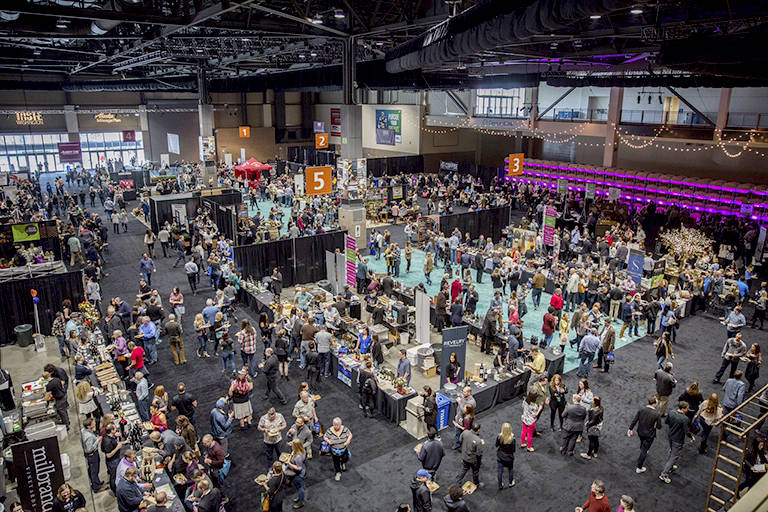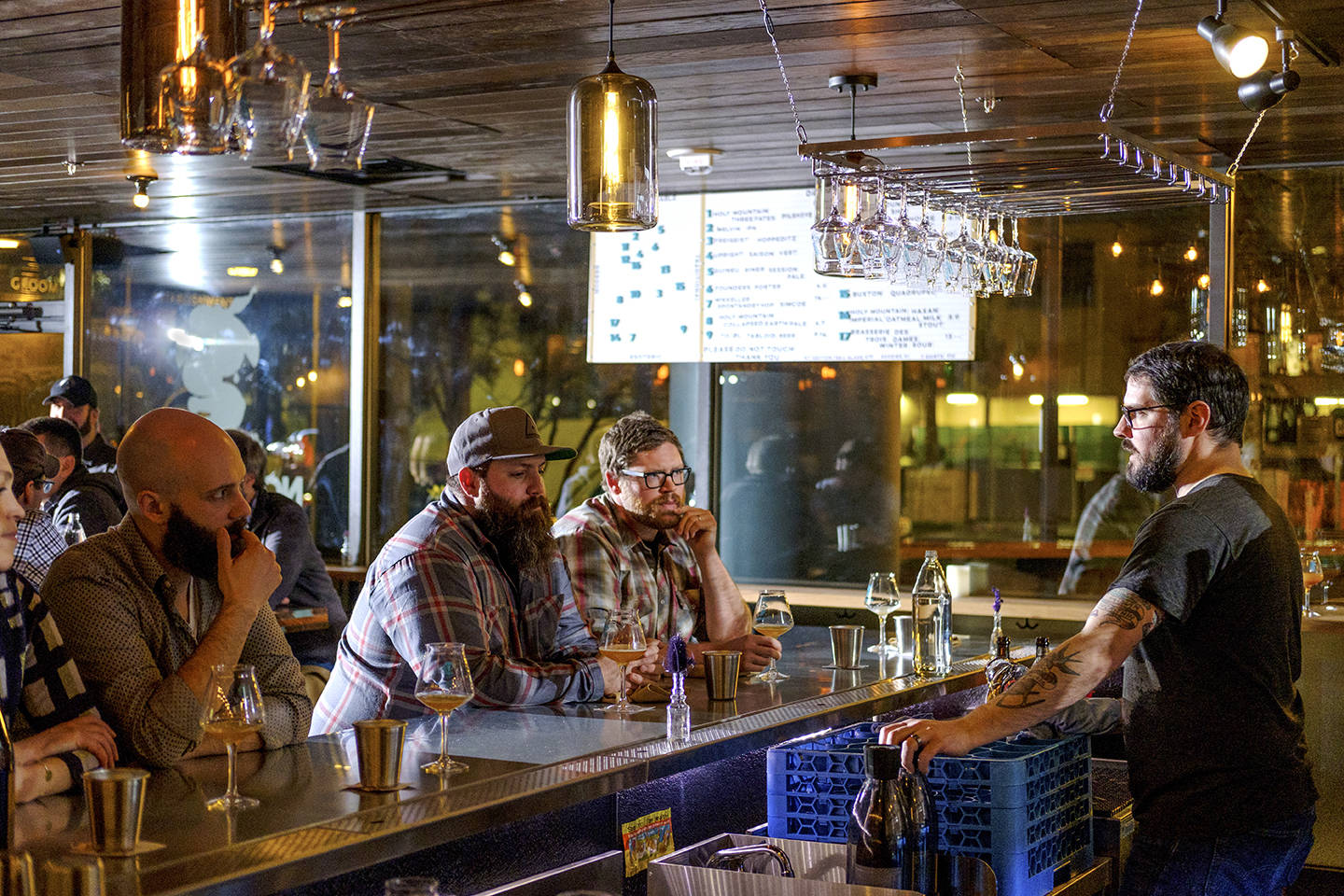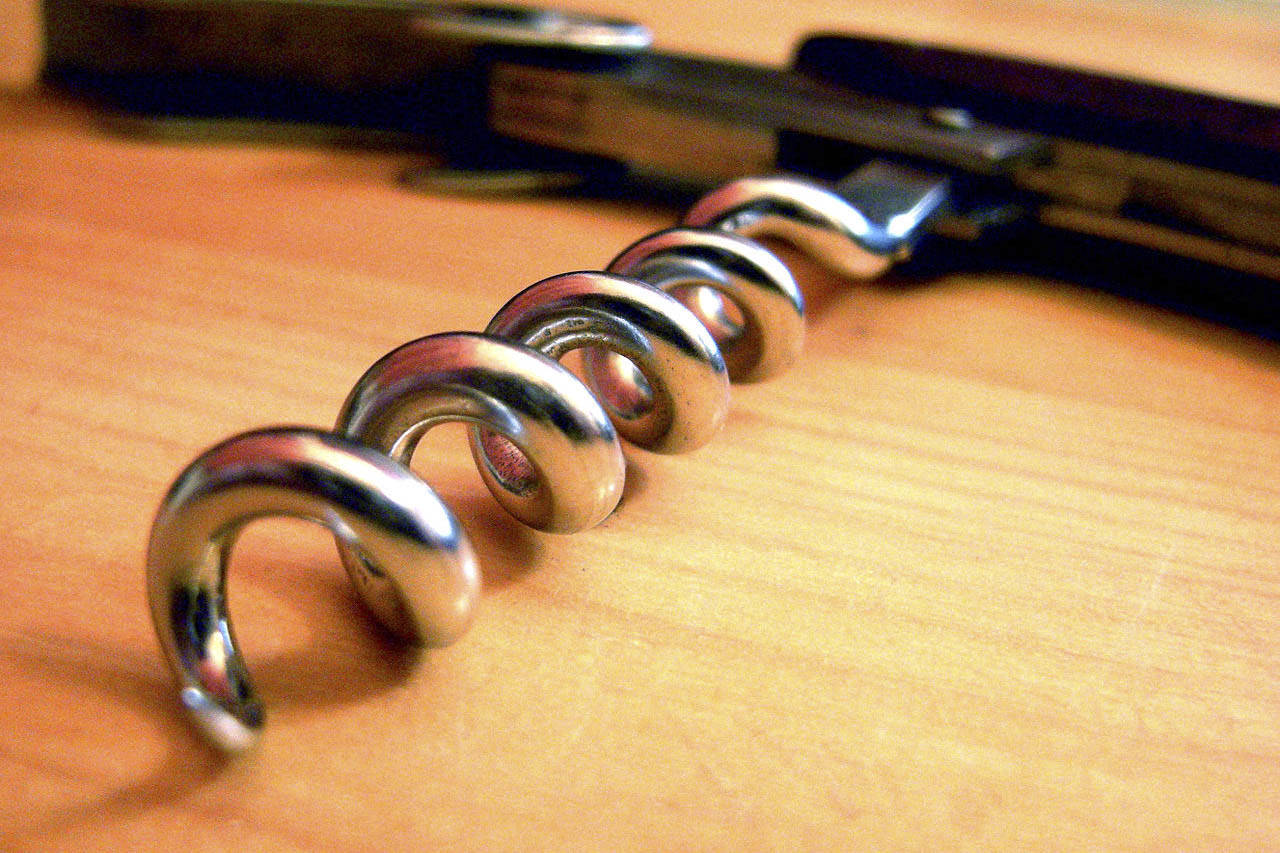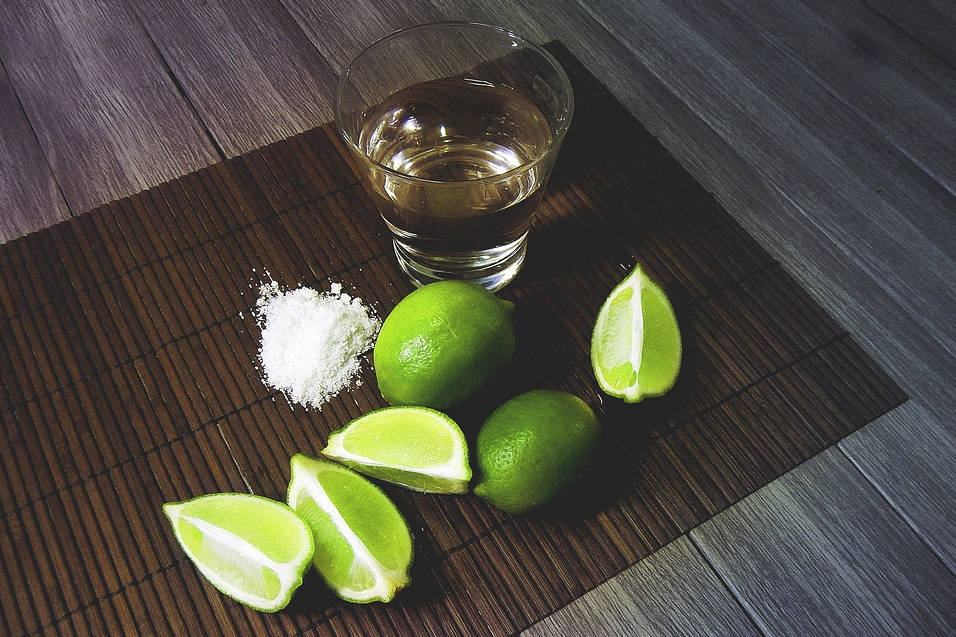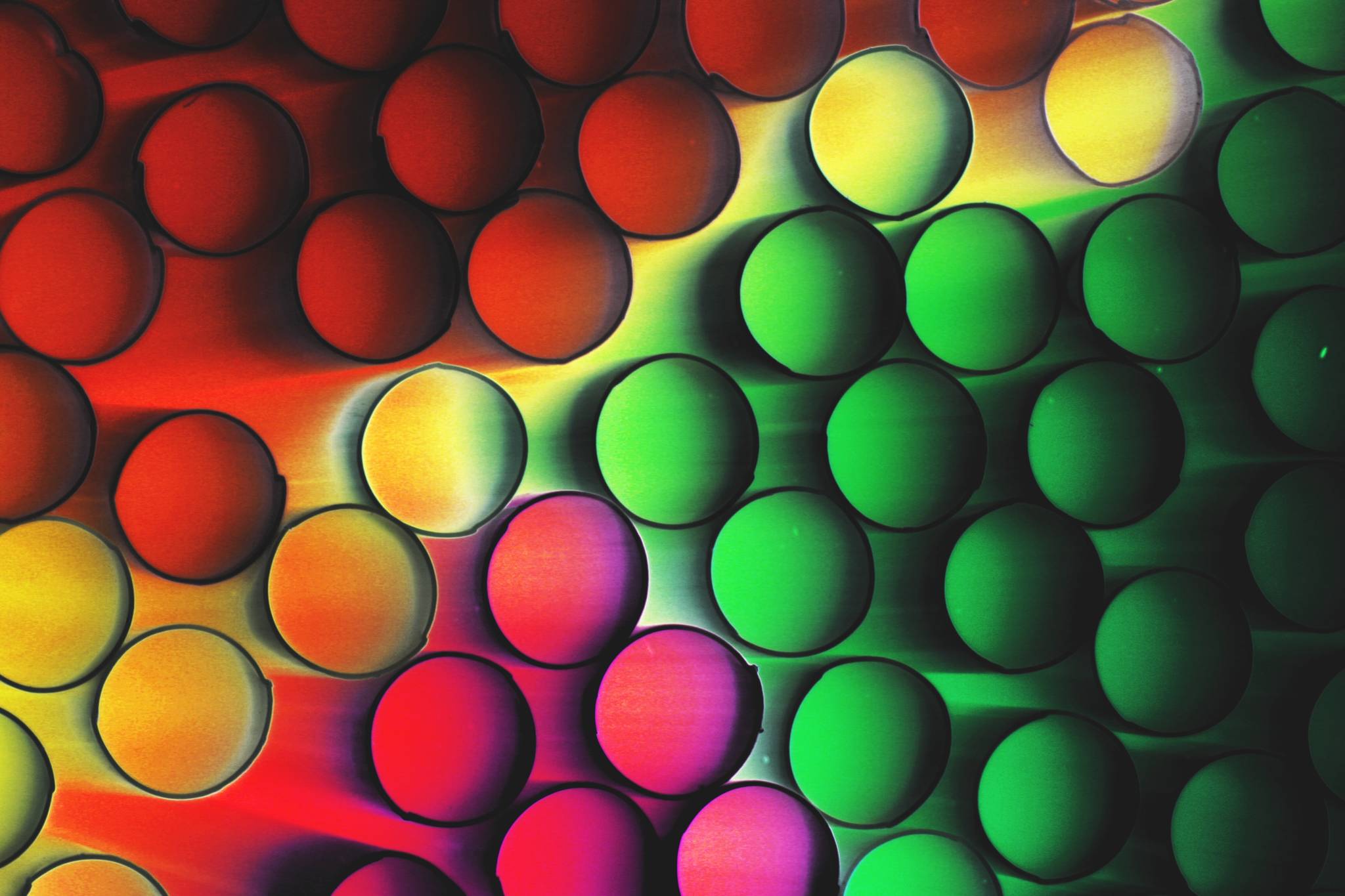The 20th year of Taste Washington has come and gone, leaving purple tongues and empty bottles in its wake—at least in my house. As a chance to celebrate how far the industry has come, it was an unparalleled success, and as a chance to learn more about where we might be going, it was fascinating.
During the “Breaking Barriers” seminar at the Four Seasons Hotel Seattle on Sunday morning, discussion raged about the right way to make syrah, the best sites for grenache and whether or not extended maceration for cabernet sauvignon is the future of winemaking. Most interesting to me was the assertion by Javier Alfonso, winemaker at Idilico and Pomum, that “Washington is more like central Spain than any other wine region.” While Alfonso, a Spaniard by birth, might be biased, his call for more Spanish varietals had a certain logic to it: Like central Spain, much of Washington wine country is defined by dry heat and elevation. Given that, whites like albariño and viura and reds like tempranillo and garnacha (also known as grenache) should flourish.
The mix of the old and the new was on display during the Grand Tasting at the CenturyLink Field Events Center as well: Chateau Ste. Michelle is celebrating its 50th vintage and clearly relishes its position as the bedrock winery in the state, while new ventures like Pearl and Stone and Elephant Seven drew curious crowds. There were even celebrities—winemakers like Bob Betz and Mike Januik worked the crowd, as well as quarterbacks-turned-winery owners Dan Marino and Damon Huard.
The newer generation of winemakers were also well represented: not just Alfonso, but Morgan Lee of Two Vintners, Kerry Shiels of Côte Bonneville and Josh McDaniels of Doubleback, not to mention sommeliers-turned-winemakers like Jeff Lindsay-Thorsen of W.T. Vintners and Greg Harrington of Gramercy Cellars. The incredible talent in Washington, whether homegrown or imported, offers a resounding endorsement of not just our current ability but our future potential.
That potential is easiest to understand when you consider just how new most plantings in Washington are. While a select few vines might date back to the 1960s, and slightly more to the ’70s and ’80s, most of the wines being made today come from plantings in the new millennium. As those vines age, the resulting wines will only show more complexity and concentration, especially because the low disease pressure in Washington means that, unlike most of the world, we’re able to grow our grapes on their own roots, as opposed to grafting.
That’s not to say that there haven’t been challenges of late: a principal topic of conversation was how winemakers throughout Washington had dealt with two very warm vintages in 2014 and 2015. The deep snow and cold that seized much of the state this winter was also widely discussed. The former situation mostly elicited shrugs, as most who I talked to seemed resigned to making slightly fuller wines from those years, while in the latter case, there was a bit more fear about how younger vines had weathered the stress. That said, it’s a good reminder that even in a relatively benign region like Washington, Mother Nature can still throw some curveballs.
While the event was once again a fantastic chance to survey what’s new in the local wine scene, it still feels like there was a bit of a missed opportunity to highlight some of the most critical points of contact for much of the buying public. A section devoted to some of the best retailers—as well as restaurants that highlight Washington wine—might have served to offer another window into the industry. While there was some space to talk about Washington State University’s role in furthering wine science, that too could have been highlighted, especially given that WSU’s wine laboratory is considered one of the finest in the world.
All in all, though, it’s impossible not to be excited about both where Washington wine is and where it’s headed. From the ever-growing array of grapes being cultivated to the diversity of microclimates on display, we’re becoming a state capable of producing almost every kind of wine across a wide range of price points. And if that doesn’t deserve a celebratory glass, I’m not sure what would … so pardon me for a moment.
barcode@seattleweekly.com
